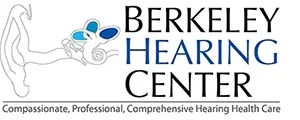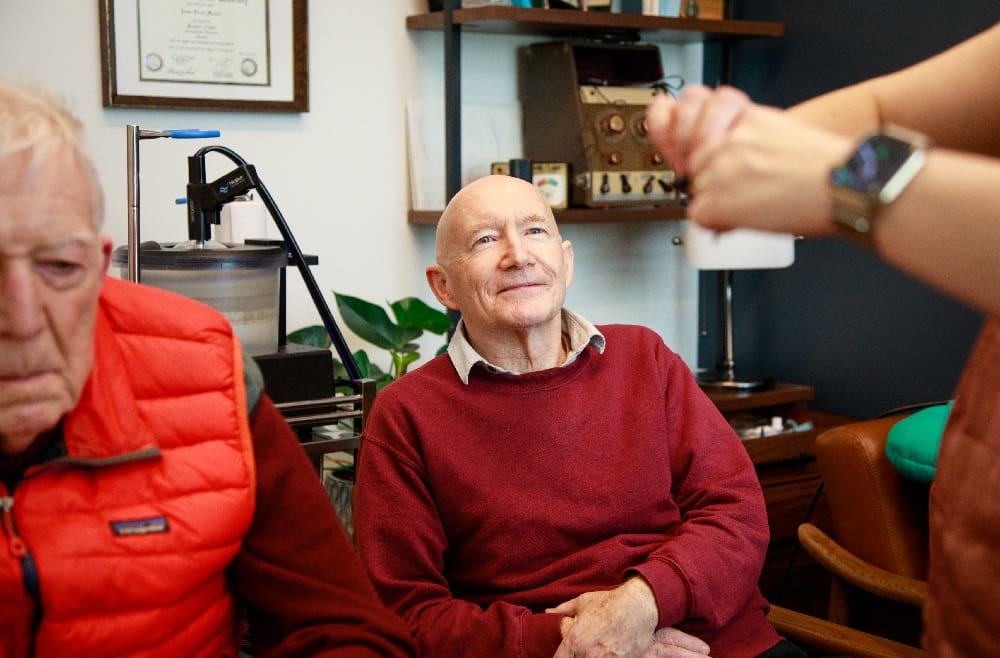2021-11-29
Jonathan Lipschutz Audiologist, M.S., F-AAA, Co-Owner
Well, it’s only taken about 6 years, an act of Congress and a recent Presidential Executive Order, but over-the-counter (OTC) hearing aids are about to become a reality. For those who haven’t been following the ‘journey’, this will be the culmination of a process that began back in October of 2015 with the publication of a policy letter from the President's Council of Advisors on Science and Technology (or PCAST), entitled “PCAST Recommends Changes to Promote Innovation in Hearing Technologies”. For a bit of history or background, PCAST was officially created by executive order of President H. W. Bush and re-chartered by each administration since. But its origins date back to F.D.R’s ‘Science Advisory Board’. The summary of the PCAST letter effectively summed up what they were looking to address, which is “age-related mild to moderate hearing loss”.
On October 19th of this year, the U.S. Food and Drug Administration (FDA) published a proposal “intended to improve access to and reduce the cost of hearing aid technology for millions of Americans.” Now there will be a public comment period, with comments needing to be submitted on or before January 18, 2022. After the public comment period has closed, if the FDA receives no significant adverse comments, “the direct final rule will go into effect no later than 60 days after the comment period ends”, putting the beginning of OTC ‘officially’ sometime after mid-to-late March.
As I’ve written numerous times, as a hearing health care professional, I am very much in favor of anything that will increase the uptake for (early) treatment of hearing loss with amplification. It remains, stubbornly, far too low. Needless to say, I’m also in favor of spurring on innovation, increasing availability and reducing costs for people with hearing loss. And I believe this legislation, to some degree, will further those goals.
In an effort to “ensure consumer safety” and efficacy, the proposed rules address a number of aspects related to technical performance, physical construction, packaging/labeling and user guidance. For example, there’s a guideline for the maximum output (sound pressure) limit for OTC hearing aids that would prevent injuries from oversimplification. Other examples include requirements limiting depth of insertion and material construction to prevent phyiscal injury to the ear canal. There are proposed rules relative to performance and design requirements to make sure the devices are doing what they claim to do, comfortably aiding the individual and treating the hearing loss. Because it’s incredibly important to understand that hearing aids (OTC or ‘prescription’) are not only aids (helping to mitigate the day-to-day issues of hearing loss), but they are also the only treatment for nerve hearing loss. They stimulate the auditory neural pathways and auditory cortex of the brain, maintaining neural synchrony and reducing cognitive load.
The proposed rule also includes user instructions and labeling requirements for OTC hearing aids. This is of particular concern for me as an clinical audiologist, because many of the issues I see everyday are user related. And please understand, that’s not an indictment of them. A hearing aid is a sophisticated medical prosthetic that’s worn in a challenging environment which isn’t easily accessible or visible to the user. Professional care/guidance is tremendously important so that patients get the most benefit possible.
To be clear, my reservations regarding OTC hearing aids have never really been about the devices themselves, because there aren’t any yet. Who knows how good they will be. Nor is it particularly an indictment of the legislation passed by Congress. As regular readers know, I firmly believe that only the well informed decision is the best decision. In order to properly address the very real issues of hearing health and untreated hearing loss in America, folks need good information and good science to make informed decisions about their healthcare.
So we, the scientific and medical community, need to put more effort, energy and resources into educating the public about hearing health. I will continue to advocate for more/better public education regarding overall hearing health--hearing conservation, preventable causes of hearing loss, contributing health conditions and the importance of early identification & treatment of hearing loss.
Please continue to love your community by getting vaccinated (your booster) and continuing to mask up/distance when & where appropriate. And please always support your local businesses.
https://berkeleyhearing.com/wp-content/uploads/2021/11/Stay-informed-about-the-latest-in-hearing-healthcare.jpg
Jonathan Lipschutz Audiologist, M.S., F-AAA, Co-Owner






